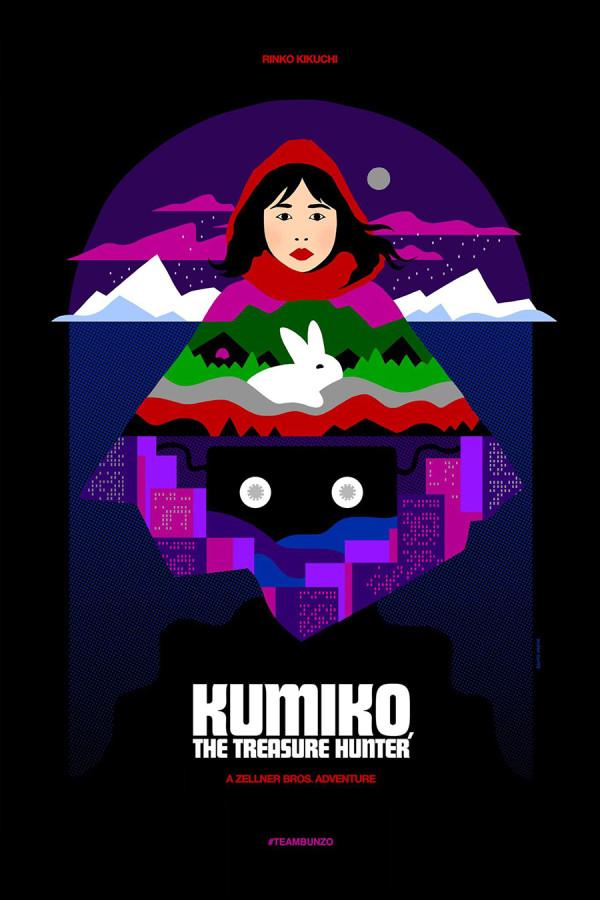‘Hunter’ follows in the footsteps of ‘Fargo’
Kumiko will hit the big screen on March 18.
March 11, 2015
In David and Nathan Zellner’s newest film “Kumiko, the Treasure Hunter,” Kumiko, a depressed Japanese woman, watches the Coen brothers’ movie “Fargo,” and proceeds to go on a life-altering odyssey. The film was inspired by the death of Takako Konishi, a Japanese office worker who allegedly died trying to locate money because she believed “Fargo” was based on a true story. After Konishi was found near the Detroit Lakes, however, her death was ruled a suicide.
While walking on a beach, Kumiko (Rinko Kikuchi) comes across a VHS tape of “Fargo” in a cavern and is intrigued not only by its mystifying location, but also by its significance. Impulsively acting out of curiosity and boredom, she watches the film and struck by one scene in particular in which a character buries money into a snowy North Dakota plain. Believing that the tape holds a cryptic treasure map to the location of the money, Kumiko embarks on a quest to North Dakota. She leaves her solemn life in Tokyo behind, where her only companion is a chunky white rabbit.
Even though she has no knowledge of English, Kumiko successfully makes it to the frigid American midwest. The contrast between the bustling urbanity of Tokyo and the frozen suburban atmosphere of North Dakota is shocking. Her inability to communicate poetically transfigures the movie into a quasi-silent film where visuals drastically dominate. Zellner maintains this meticulous attention to detail throughout the film. As the hopeful heroine continues on her bizarre journey, she encounters several North Dakota natives, such as a police officer (David Zellner), a taxi driver (Phil Hall) and an elderly woman (Shirley Venard), whose personalities differentiate from hers.
However, the remarkable aspect of the film proves to be in its camerawork Zellner masterfully pairs sharp sounds with bleak visuals to conjure up a spirit that follows Kumiko throughout her adventure. There is an intricate sense of passion in the film, evident in the film’s technical aspects, “Kumiko” took over 10 years to make and presented numerous logistical challenges to the Zellner brothers.
The musical aspects of the film also heighten it. The energetic score by indie-electronica band The Octopus Project intensifies the thrilling tension. The viewers are left wondering what the combination of the tension-packed visuals and music is leading to.
The journey that Kumiko embarks on is engaging in its thought-provoking nature. The movie invokes such a vast range of emotions that, at times, it can be overwhelming.
“Kumiko, the Treasure Hunter” also exudes how utterly creative the Zellner Brothers are. The combination of their idiosyncratic technique, characters and storyline ultimately produces an intriguing experience in the theater. The Zellner Brothers make the audience feel as though they are venturing into new and unfamiliar territories.
“Kumiko, the Treasure Hunter” premieres on March 18.
A version of this article appeared in the Wednesday, March 11 print edition. Email Daniel Lieberson at [email protected].























































































































































